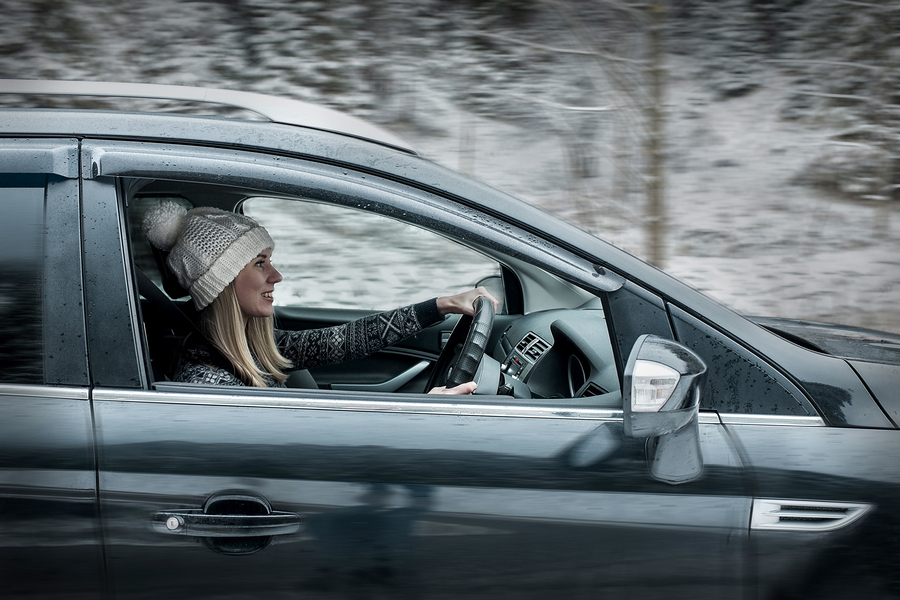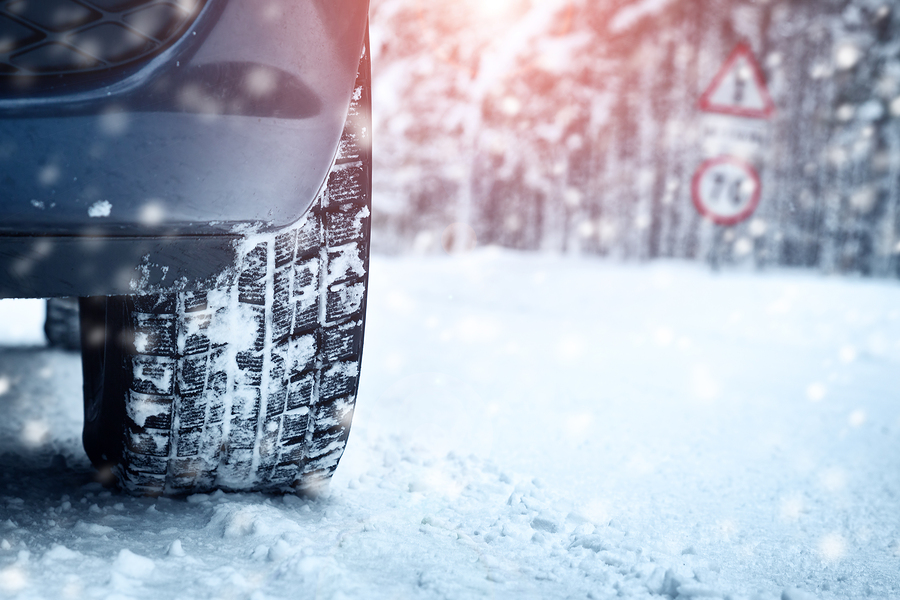It’s fair to say the weather forecasts for the coming winter are not looking good, with severe weather warnings of snow, wind and ice for much of the country already in early December.
While nobody knows what the first months of 2018 will bring – even the Met Office resist making long-term forecasts these days – it’s sensible to be prepared if you want to protect your own safety and that of other road users and pedestrians around you.
Here are a few of the things you can do to drive safely in cold weather, as well as to prepare for some of the other challenges the coming season will place on road users.
1. Watch your speed
It’s frustrating driving slowly but it really does give you more control on wet roads, ice, compacted snow or slush – so adjust your speed to suit the conditions.
Look out for telltale signs like grit or salt on the roads, as this may be a sign that the local council expect this route to freeze and could help you to spot icy patches that aren’t easily visible otherwise.
Accelerate and brake more gently too – building up your speed gradually is another good step towards better control in difficult conditions, and the good news is it’s friendly on your fuel consumption too!
2. Check your tread
Your car’s entire physical contact with the road amounts to just the parts of your tyres that touch it, so don’t drive on tyres without the right amount of tread.
If your tyres look worn, winter is a smart time to change them for new treads for maximum grip – you might even want to invest in winter tyres or snow chains if you live at high altitude or drive off road – and if your tyres don’t need changing, make sure you check the pressures too so you’re getting all the grip you can from them.

3. Shield your eyes
The lower position of the sun in the winter sky, combined with wet roads, can create blinding surface reflections if you’re driving directly into the sunset.
Sunglasses are an option but tint your entire view; an alternative is to have solar shading applied to your front windscreen.
There are restrictions on shading the driver’s field of vision but you’re allowed to tint along the top edge, and Vehicle Wrapping Centre can apply a solar shading film to do this within the legal limits.
4. Be safe, be seen
Once you’ve protected your own eyesight, think about how visible you are to other drivers, and check your bulbs all light when they should and aren’t obscured behind dirty or grimy glass covers.
Commercial vehicles and especially highway maintenance vehicles can be made extra-visible with fluorescent and reflective decals, and again Vehicle Wrapping Centre can supply and install these to the particular size and shape of your vehicle.
5. None for the road
Finally, watch your alcohol intake, especially the morning after the night before when you might still have high blood alcohol levels, and don’t risk driving while intoxicated.
On slippery roads you need better reactions than ever, and with blinding reflected sunlight or inky black winter nights added into the mix as well, it’s a killer cocktail if you’re not in a fit state to drive.

